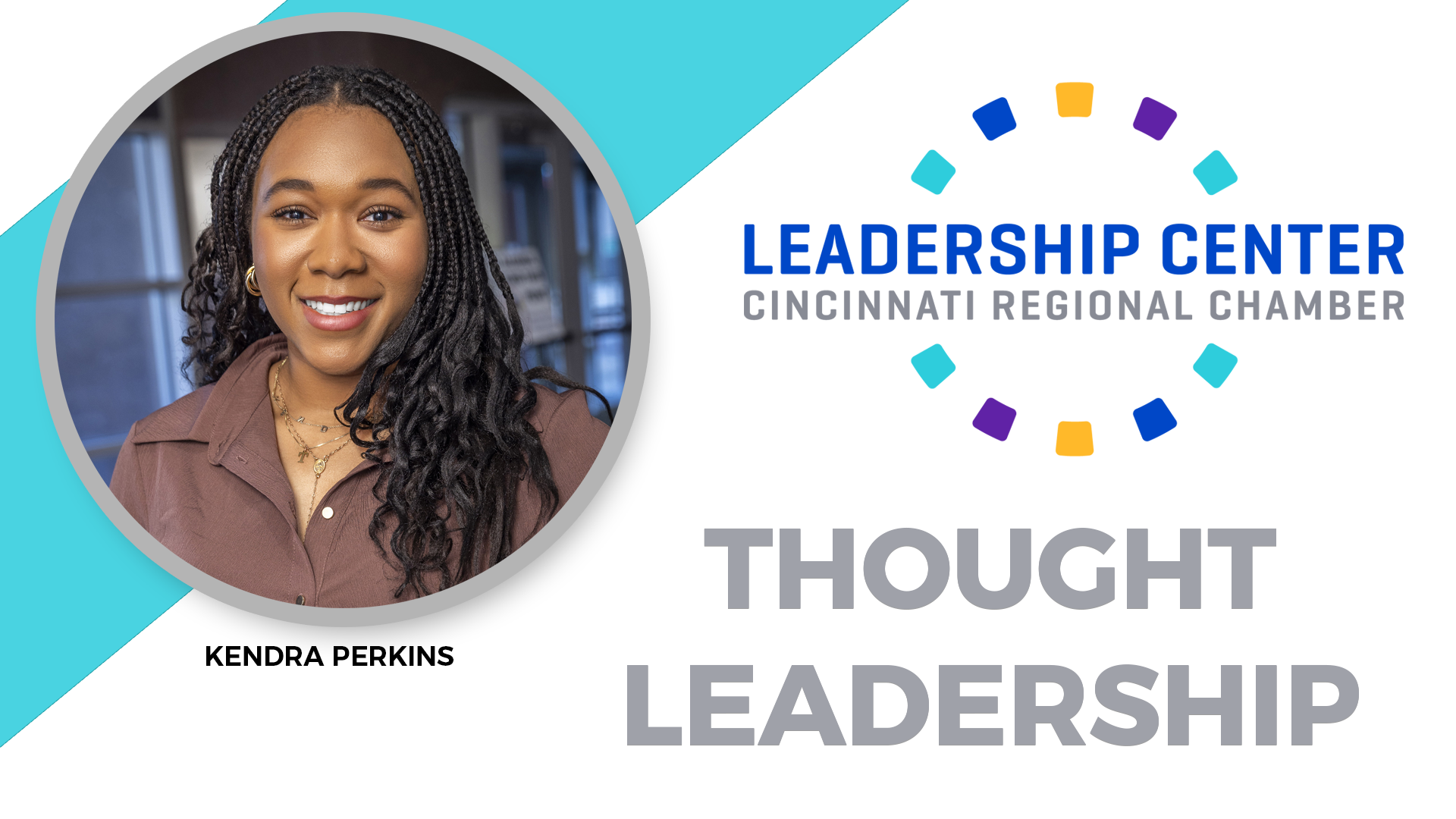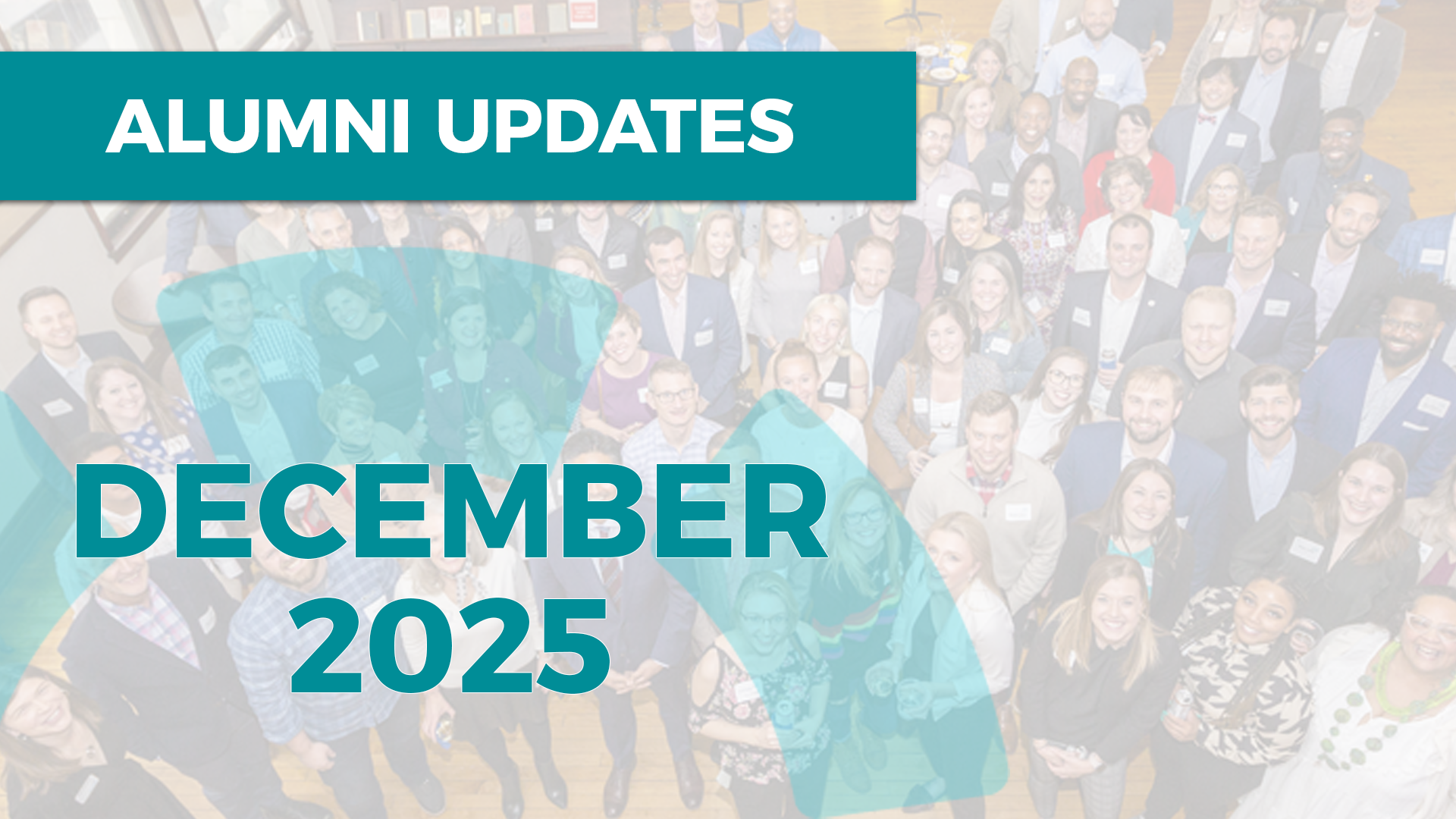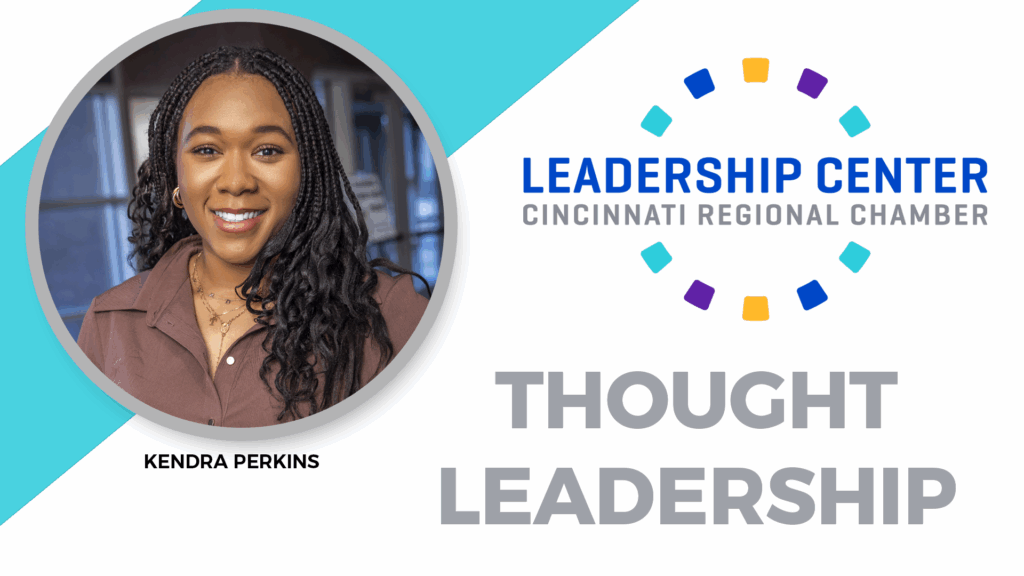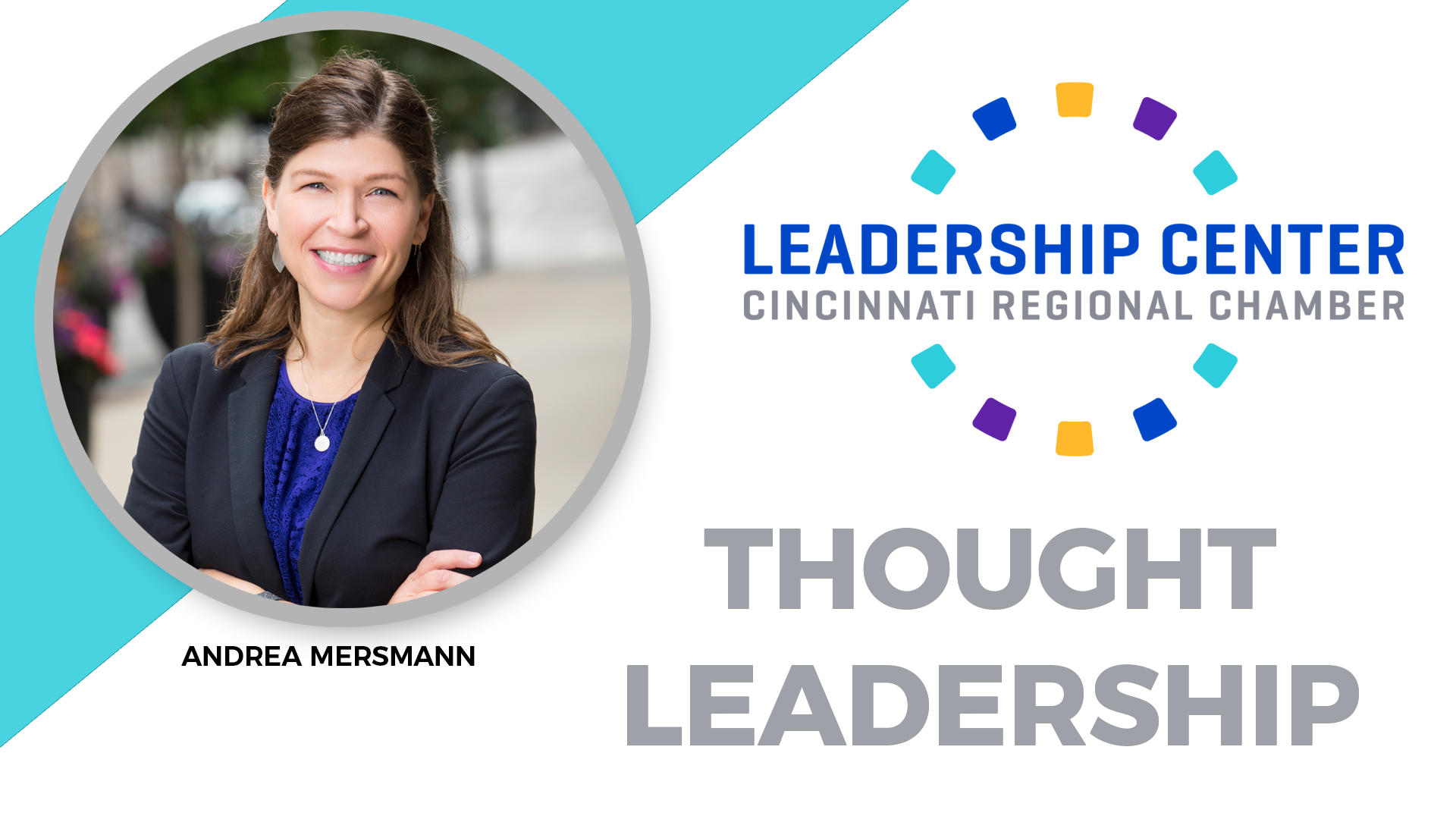"It can be a pain. It can be slow. It is almost always worth it."
Andrea Mersmann, Director, Leadership Center
For the Leadership Center, the goal is simple: to develop the next generation of leaders who will guide the Cincinnati Community to the next stage of growth. To help achieve this goal, the Chamber has integrated Project Based Learning in its core program philosophy.
Last week I wrote and submitted a full article that was full of all the glowing things – How great project-based learning is, what everyone gains from it, and all that jazz. However, I lay in bed that night thinking it over and realizing that I was painting unicorns prancing on rainbows. As my daughter slept next to me, I emailed myself, telling my future me to rewrite it and lay it all out.
The truth is that project-based learning is not easy. I say this from first-hand experience as our Cincinnati Chamber’s C-Change program uses project-based learning for our community projects. Each year I split the class into smaller groups, and they work with different nonprofit organizations on projects deemed necessary or wanted by the nonprofit primarily outside of our class sessions. I ask that the C-Change groups meet with each other at least twice a month, meet with the nonprofit point-person at least once a month, groups volunteer with the organization once, all while working on the project deliverbles. Seems easy enough? Here are some challenges:

- What organizations initially request is often not what the project is in the end. Projects evolve according to what the project groups see, what is feasible, and what is asked.
- Having 7-10 busy professionals meet biweekly, even virtually, can be challenging (and so can scheduling volunteer days)
- C-Change is full of leaders. Getting a bunch of leaders in a group requires folks to sometimes lead, and sometimes follow. Some leaders have a hard time with this.
- Tuckman’s model states there are stages to teams – Norming, Storming, Forming, Performing, adjourning (and then we can also add mourning to many). “Storming” is when team participants express frustrations or disagreements about process, responsibilities, and more. Some members disappear from project involvement. Often, they come back and reengage, sometimes they do not.
- Sometimes a few individuals take a heavier load of work versus a more equal spread across project groups.
- Nonprofits are often spread thinly as they are. Having requests outside of their normal work, even when helpful to the organization, can be a stretch. Organizational point-people may be increasingly nonresponsive or delayed. This can frustrate project groups even more.
- Sometimes project groups identify barriers that prohibit work on the projects the organizations want. Cannot improve volunteer recruitment until the volunteer experience is improved. Cannot analyze data if following scattered data collection.
So why do we continue to do this—fully believing in project-based learning? I have led the coordination of the C-Change program since 2019 and every year I see (and hear about) the challenges. There will be hiccups, but in the end, I continue to hear from the alumni and organizations served, it is all worth it.
The reason is simple: real learning and leadership doesn’t come from a text book. It happens in the messy, unpredictable, and deeply human work of collaboration. As I shared in Project-Based Learning for Experienced Professionals, this kind of hands-on engagement not only strengthens our community but also transforms the professionals who take part—helping them grow as leaders while creating real, lasting impact.







